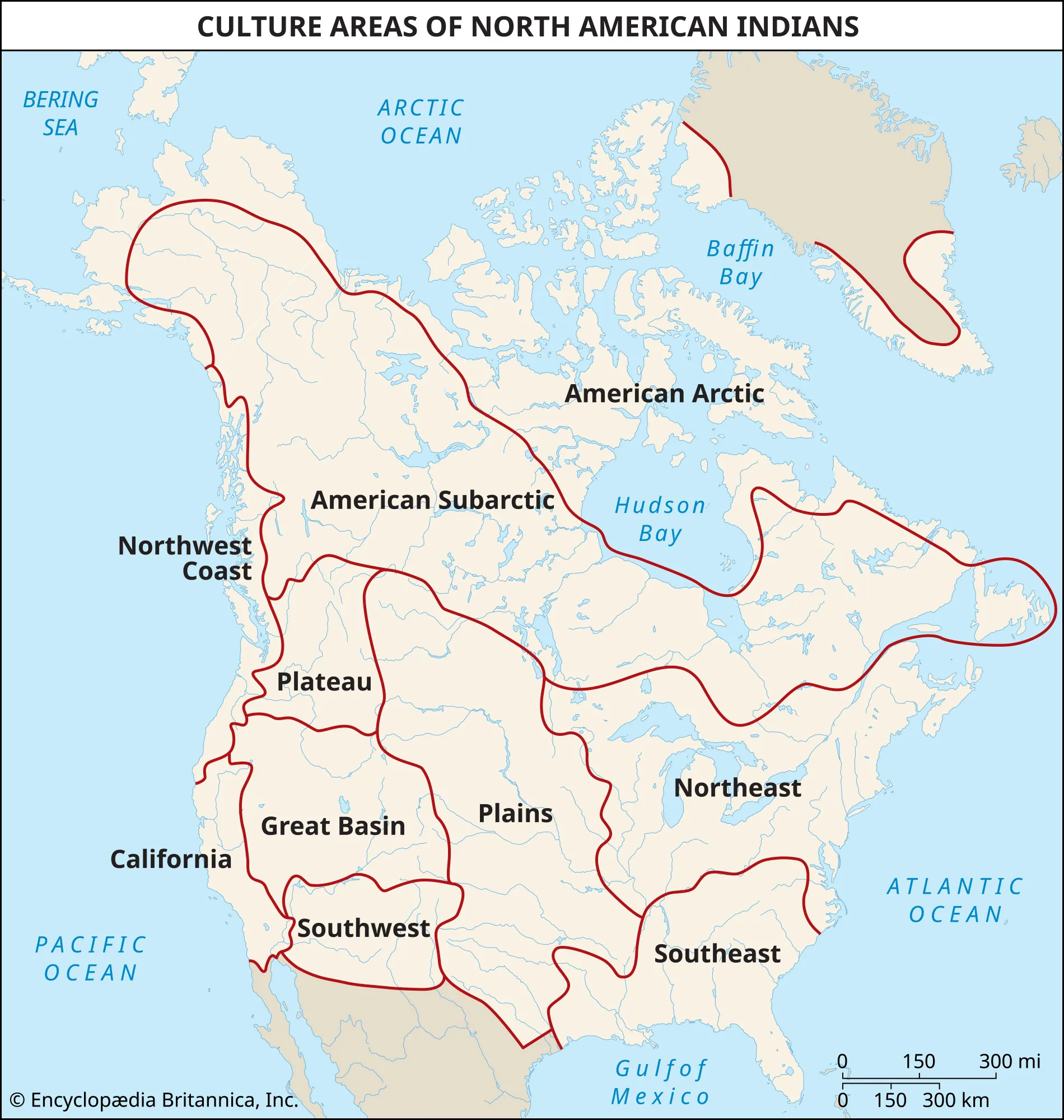Polkadot, a trailblazer in the blockchain world, finds itself in a dynamic landscape as Binance, one of the largest cryptocurrency exchanges, makes significant strategic changes. Understanding these moves is crucial for Polkadot investors and enthusiasts as it could have far-reaching implications for the market and Polkadot’s position within it.
Binance’s Recent Announcements
- Removal of Liquidity Pools: Binance has announced the removal of several liquidity pools, including those involving major cryptocurrencies like BTC, ETH, ADA, DOGE, SHIB, and XRP. Users with positions in these pools will have their assets automatically returned to their spot wallets by January 5, 2024. This decision is aimed at optimizing the exchange’s liquidity management and could affect trading volumes and liquidity availability for these assets.
- Futures Contracts: Binance is expanding its futures offerings by listing new USD-M and COIN-M Quarterly 0927 Delivery Contracts. This includes significant leverage options for BTC, ETH, and other cryptocurrencies, with Polkadot (DOT) also being part of these new COIN-M delivery contracts. The introduction of these contracts can increase speculative trading activities and potentially influence the price dynamics of DOT.
- Regulatory Adjustments: Binance’s recent regulatory adjustments, particularly in the UK, have led to the delisting of several trading pairs in GBP. This move was necessitated by new FCA regulations, which restrict promotions by international digital asset firms. While this may not directly impact Polkadot, it underscores the increasingly stringent regulatory environment that all cryptocurrencies must navigate.
Implications for Polkadot
Polkadot, known for its unique approach to interoperability and multi-chain functionality, remains a significant player in the crypto ecosystem. Binance’s strategic moves could influence Polkadot in several ways:
- Market Liquidity: The removal of liquidity pools may reduce immediate liquidity for Polkadot on Binance, potentially leading to increased volatility. However, it could also streamline the liquidity into more concentrated pools, which might stabilize trading in the long run.
- Trading Opportunities: The introduction of new futures contracts, including those for DOT, can provide traders with more tools to speculate on price movements. This increased trading activity can lead to higher volumes and potentially more significant price swings.
- Regulatory Landscape: As Binance adapts to regulatory changes, other exchanges might follow suit. Polkadot’s compliance with evolving regulations will be crucial in maintaining its listings and accessibility across global markets.
Strategic Positioning
For Polkadot, the key will be to leverage its technological strengths and community support to navigate these changes effectively. Engaging with regulators, enhancing technological capabilities, and maintaining robust liquidity partnerships will be essential strategies moving forward.
In conclusion, while Binance’s recent strategic moves present challenges and opportunities, Polkadot’s innovative approach to blockchain technology positions it well to adapt and thrive. Staying informed and agile will be vital for Polkadot stakeholders as the crypto landscape continues to evolve.
Discover more from LEW.AM Asset Management
Subscribe to get the latest posts sent to your email.



